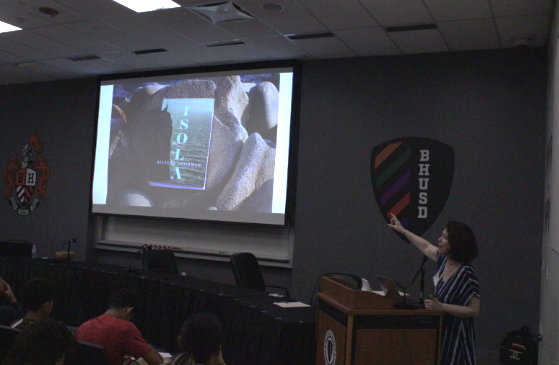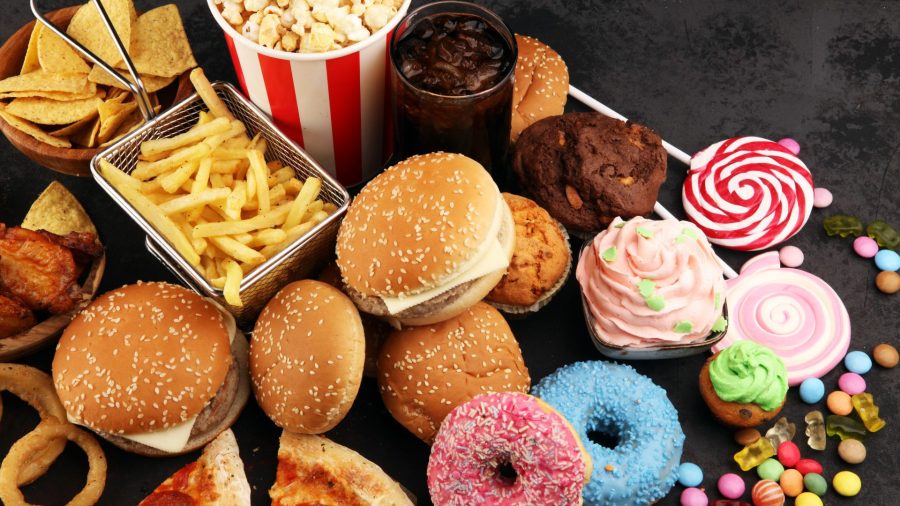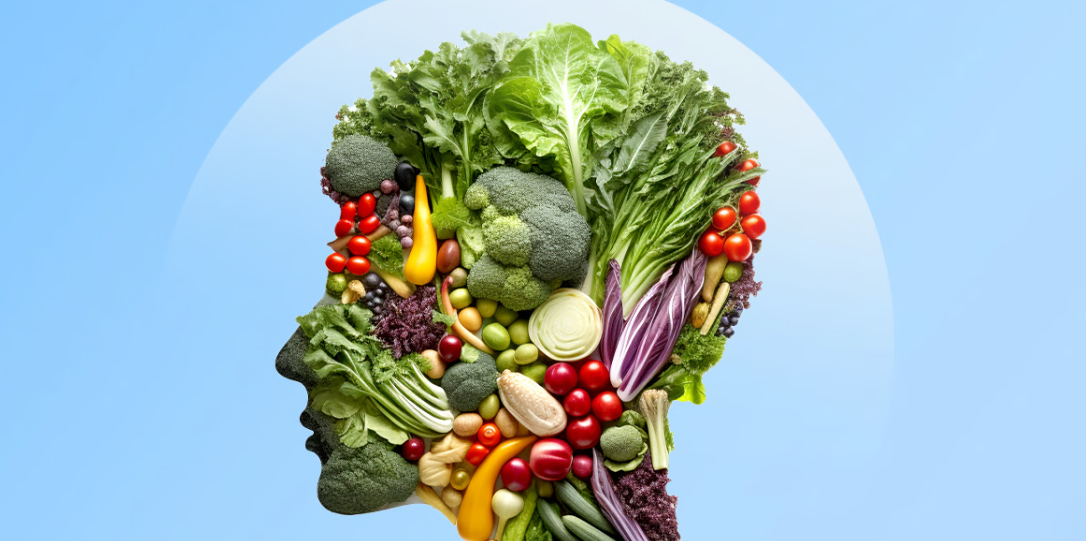Red 40, a common food dye in the United States, is found in a popular spicy snack: Takis. People, particularly youth, enjoy crunching on these bright red chips.
“These dyes can be used in foods sold in Europe, but the products must carry a warning saying the coloring agents ‘may have an adverse effect on activity and attention in children,’” The New York Times reported. “No such warning is required in the United States.”
This is just one example of not only an unhealthy but potentially harmful substance that other countries feel the need to regulate and restrict more than the United States does. America takes a very different approach to health and what we put in our bodies than other places around the world.
“Here in the United States, the average person consumes more than 126 grams of sugar per day, which is slightly more than three 12-ounce cans of Coca-Cola,” Washington Post said. “That’s more than twice the average sugar intake of all 54 countries observed by Euromonitor. It’s also more than twice what the World Health Organization recommends for daily intake, which is roughly 50 grams of sugar for someone of normal weight.”
Plain old sugar isn’t even the enemy anymore— it’s the consumption of unnatural sugars processed in ways that are designed to harm your body.
“How the body metabolizes the sugar in fruit and milk differs from how it metabolizes the refined sugar added to processed foods,” Cancer Center said. “The body breaks down refined sugar rapidly, causing insulin and blood sugar levels to skyrocket.”
A major concern about these foods is that they are not consumed moderately or as forbidden treats that kids can only have every once in a while. Instead, they are addictive in their nature and consumed frequently.
“Highly processed foods (HPFs) can meet the criteria to be labeled as addictive substances using the standards set for tobacco products,” the National Library of Medicine said. “The addictive potential of HPFs may be a key factor contributing to the high public health costs associated with a food environment dominated by cheap, accessible and heavily marketed HPFs.”
It is a major struggle for the youth in the United States to make healthy choices in terms of what they eat. CNN said that, “children and teens in the United States now get more than two-thirds of their calories from ultra processed foods, an analysis of almost two decades worth of data has found.”
Addiction to these foods that release feel-good emotions in the brain cannot be simply solved by introducing healthier options.
“Cocaine releases endorphins in exactly the same way as the processed food,” Janet Fudge, Pharma-D said. “Thus there is no difference in the biochemistry of this in your brain.”
Kids, especially adolescents, are addicted to unhealthy eating habits fueled by the overconsumption and promotion of highly processed foods.
“Studies show over the last two decades consumption has increased sharply,” AllCare Health reported. “In 2024 more than 50% of calories in the average American diet are from UPFs. Recent research has shown consuming UPFs can cause harmful changes in the body and even lead to addiction and withdrawal symptoms.”
The health impacts on America’s youth include obesity rates higher than ever seen before, cardiovascular diseases, type 2 diabetes and mental health issues.
AllCare Health continued, “UPFs upset the gut microbiota, the helpful bacteria in the digestive system that communicate chemically with the brain. This disruption can lead to changes in brain function and behavior. Additionally, UPFs trigger the release of dopamine, a brain neurotransmitter associated with pleasure and reward, reinforcing addictive behaviors.”
Though people are in control of their food choices, a lot of the time, it is not their fault. Living in a country where unhealthy behaviors are promoted so heavily can cause this consumption of processed foods.
“Researchers also reported that reducing UPF consumption can be difficult because these foods are so common in modern America,” AllCare Health said. “Many people find it difficult to cut down on these foods because they are convenient, affordable, and heavily marketed. The researchers urge targeted, individualized interventions to help people and families overcome UPF addiction. The researchers offered specific recommendations for people who may be regularly consuming UPFs and are at risk for food addiction.”
Corporations and people who work to sell this food are not concerned about these consequences, but rather, the consequences they will face if they don’t sell their product.
“Nestle said the abundance of food in the U.S. means corporations have to work harder than ever to sell it. So their efforts are frequently focused on making their products ‘irresistibly delicious’ and in larger portions,” Heart.org said. “She said that economics dictate that manufacturers emphasize not wellness, but profits.”
So, what are we supposed to do about these foods that seem to be spinning out of control in popularity?
“Read labels and add foods to your shopping cart that have ingredient lists of things you recognize. Limit items that are high in added sugar and sodium,” Healthline instructed. “And ultra-processed foods? When you already know they’re not the best for you, it’s going to be about quantity, not quality, and comfort over health. The best step is to do a check-in with your mind and gut before putting something in your shopping cart.”


































